The Benefits of Cultured Stone Fireplaces: Exploring the Value
Cultured stone fireplaces have gained popularity in recent years due to their aesthetic appeal and affordability. Let’s discuss the various benefits of choosing a cultured stone fireplace for your home.
- Low Maintenance: Unlike natural stone fireplaces, cultured stone fireplaces require minimal maintenance. They are resistant to stains and can be easily cleaned with mild soap and water. This low maintenance feature makes cultured stone fireplaces a convenient option for homeowners.
- Cost-Effective: One of the biggest advantages of cultured stone fireplaces is their cost-effectiveness. They are significantly cheaper than natural stone fireplaces while still providing a similar look and feel. This makes them an attractive option for homeowners on a budget.
- Versatility in Design: Cultured stone fireplaces offer a wide range of design options. They can mimic the look of various natural stones, such as limestone, granite, or even brick. This versatility allows homeowners to choose a design that suits their personal style and complements the overall aesthetic of their home.
- Easy Installation: Another benefit of cultured stone fireplaces is their ease of installation. They are lightweight and can be easily installed by professionals, saving both time and money. The installation process is less invasive compared to natural stone fireplaces, making it a convenient choice for homeowners.
- Durability: Cultured stone fireplaces are made from high-quality materials that are designed to withstand the test of time. They are resistant to cracking, chipping, and fading, ensuring that your fireplace will continue to look beautiful for years to come.
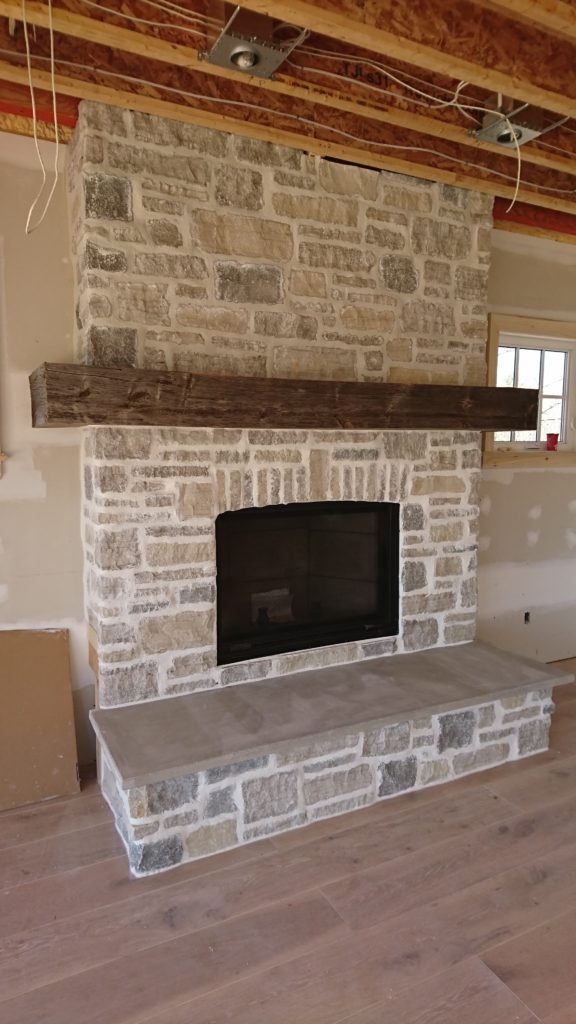
Factors Affecting Cultured Stone Fireplace Cost
The cost of a cultured stone fireplace can vary depending on several factors. We will discuss the key variables that influence the overall cost of a cultured stone fireplace, helping you understand the pricing better.
- Stone Quality: The quality of the cultured stone used for the fireplace plays a significant role in determining the cost. Higher-quality stones tend to be more expensive but offer better durability and a more realistic appearance.
- Fireplace Size: The size of the fireplace also affects the cost. Larger fireplaces require more materials, resulting in higher costs. Additionally, the complexity of the design and the number of corners or curves in the fireplace can impact the overall cost.
- Installation Complexity: The complexity of the installation process can affect the cost. If the fireplace requires additional structural support or if the installation site is challenging to access, the cost may increase.
- Additional Features: Additional features such as mantels, hearths, or custom-designed elements can add to the overall cost of the cultured stone fireplace. These features require extra materials and labor, contributing to the final price.
- Location: The geographic location of your home can also influence the cost. Labor and material costs can vary depending on the region, so it’s essential to consider the location when estimating the overall cost of a cultured stone fireplace.
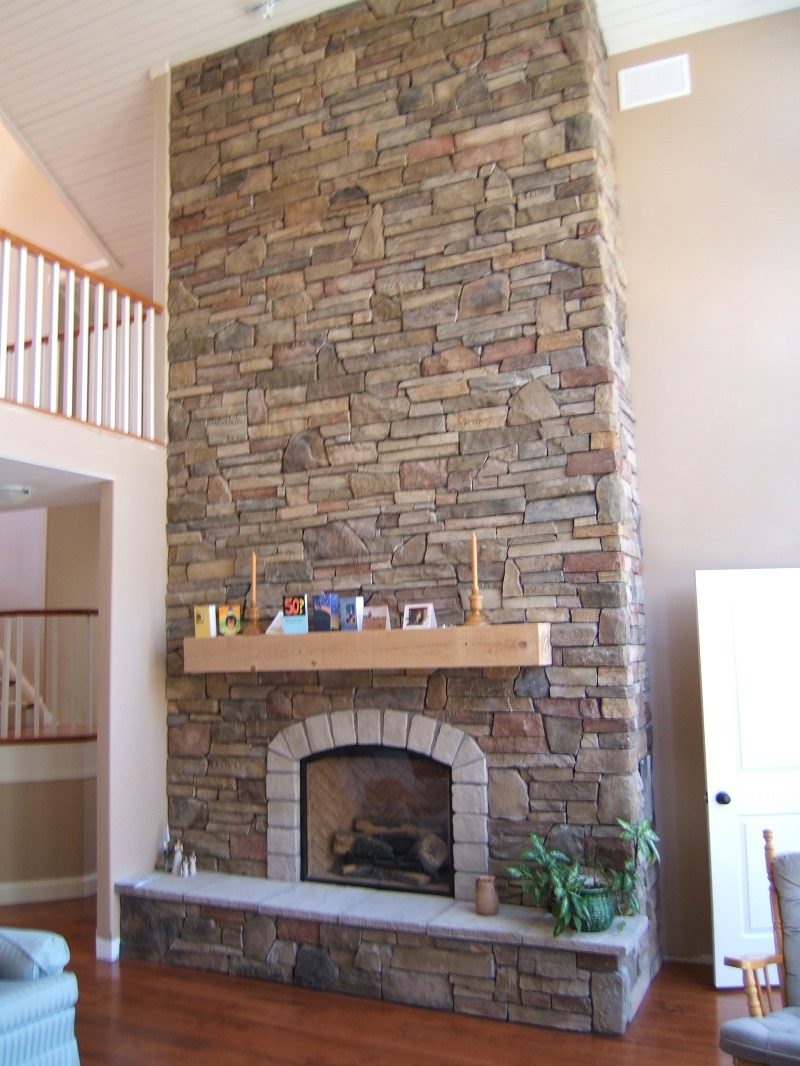
Budgeting for a Cultured Stone Fireplace: Estimating the Costs Involved
Planning a budget for a cultured stone fireplace is crucial to ensure that the project stays within your financial constraints. Let me guide you through the process of estimating the costs involved in installing a cultured stone fireplace.
- Material Costs: The cost of the cultured stone itself is a significant component of the overall budget. Research the prices of different cultured stones and calculate the required quantity based on the size of your fireplace.
- Labor Costs: Hiring professional installers is recommended to ensure a proper and safe installation. Research local contractors and obtain multiple quotes to compare labor costs. Keep in mind that experienced installers may charge higher fees but deliver better results.
- Additional Expenses: Consider any additional expenses that may arise during the installation process. This includes permits, transportation of materials, and any necessary structural modifications.
- Hidden Costs: Be prepared for unexpected expenses that may arise during the project. It’s wise to set aside a contingency fund to cover any unforeseen issues or changes in design during the installation process.
- Maintenance Costs: While cultured stone fireplaces are generally low maintenance, it’s essential to factor in any future maintenance costs, such as cleaning supplies or potential repairs, when budgeting for the project.
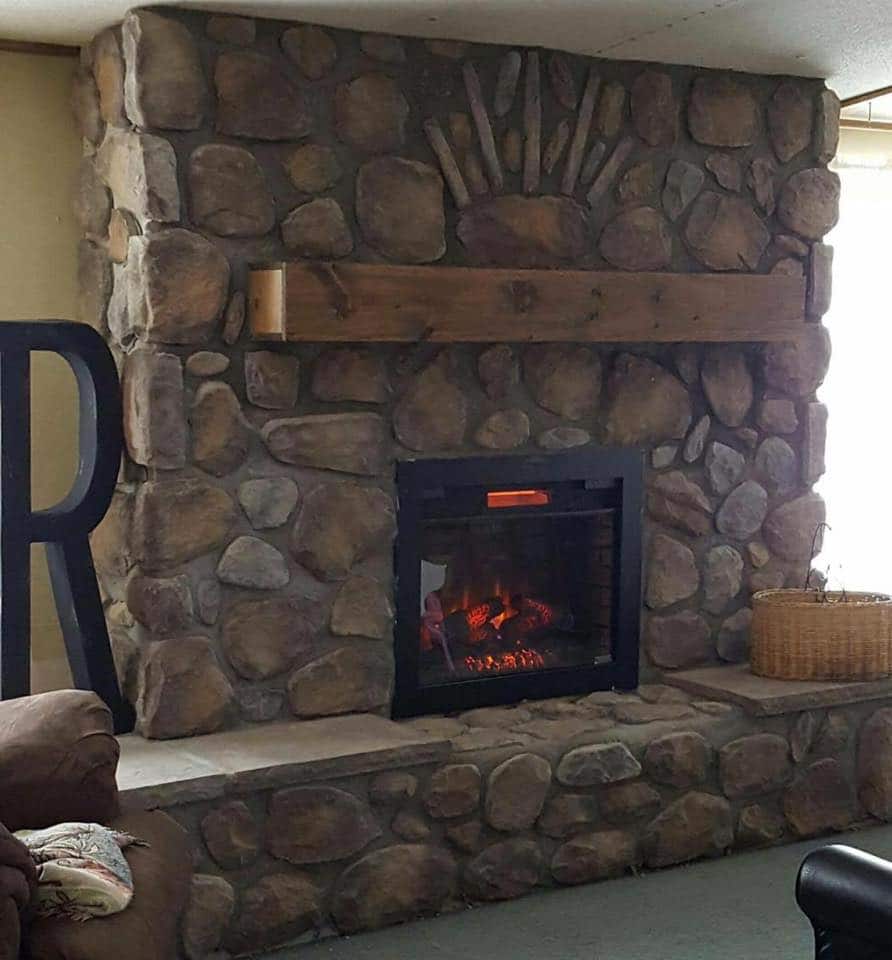
Comparing Cultured Stone to Natural Stone Fireplaces: Cost Considerations
When deciding between a cultured stone fireplace and a natural stone fireplace, cost is a crucial factor to consider. Let’s compare the cost considerations of both options, to help you make an informed decision.
- Cost Difference: Cultured stone fireplaces are generally more affordable than natural stone fireplaces. Natural stone is often more expensive due to its rarity and the labor-intensive process involved in quarrying and shaping the stones.
- Aesthetic Appeal: While cultured stone fireplaces can mimic the look of natural stone, some homeowners prefer the authentic and unique appearance of natural stone fireplaces. If aesthetic appeal is a top priority, the higher cost of a natural stone fireplace may be worth it.
- Maintenance: Natural stone fireplaces may require more maintenance compared to cultured stone fireplaces. Natural stone is more susceptible to staining and may require regular sealing or specialized cleaning products. This additional maintenance can add to the long-term cost of a natural stone fireplace.
- Durability: Natural stone fireplaces are known for their durability and ability to withstand the test of time. While cultured stone fireplaces are also durable, natural stone is often considered to be more robust and may require fewer repairs or replacements over the years.
- Resale Value: The choice between cultured stone and natural stone fireplaces can also impact the resale value of your home. Natural stone fireplaces are often seen as a premium feature and may attract potential buyers, potentially increasing the value of your property.

Cost-Effective Alternatives to Cultured Stone Fireplaces
If a cultured stone fireplace doesn’t fit within your budget or design preferences, there are several cost-effective alternatives to consider. Below are some of these options, providing you with alternative ideas for a beautiful fireplace.
- Brick Fireplaces: Brick fireplaces are a classic and timeless option that can bring warmth and charm to any home. They are generally more affordable compared to cultured or natural stone fireplaces and offer a wide range of design possibilities.
- Tile Fireplaces: Tile fireplaces provide a versatile and cost-effective alternative to cultured stone. With various colors, shapes, and patterns available, you can create a unique and visually appealing fireplace design without breaking the bank.
- Wood-Burning Stoves: Wood-burning stoves offer a rustic and cozy alternative to traditional fireplaces. They are often more affordable and can be a cost-effective heating solution for your home, providing both warmth and ambiance.
- Electric Fireplaces: Electric fireplaces are a convenient and budget-friendly option. They are easy to install, require minimal maintenance, and provide customizable heat and flame settings. Electric fireplaces come in various designs, allowing you to find one that suits your style and budget.
- DIY Options: For those with a creative spirit and a willingness to put in some effort, DIY fireplaces can be a cost-effective alternative. From repurposing old materials to building your own fireplace from scratch, DIY options offer endless possibilities for a unique and budget-friendly fireplace.
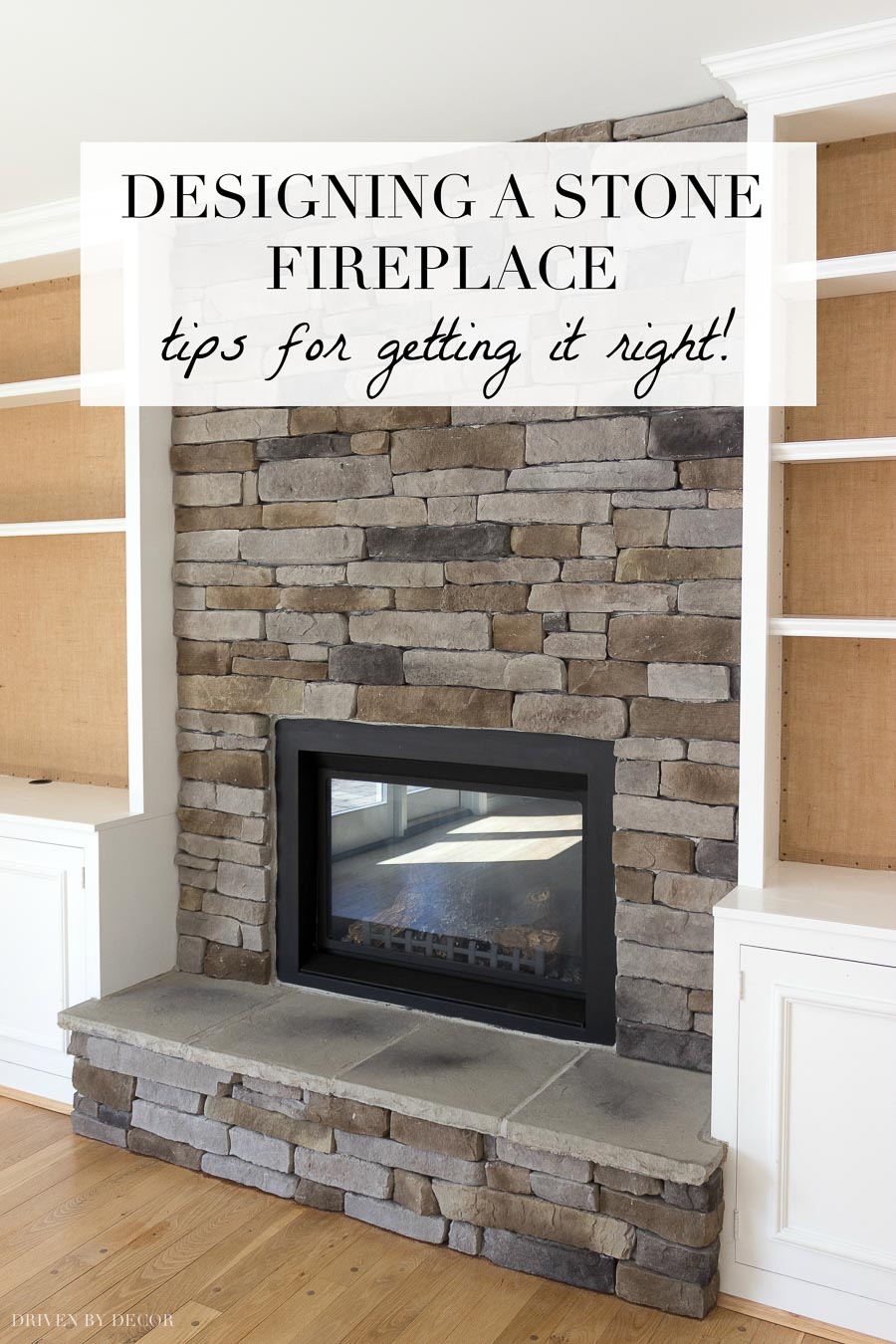
Buyers Guide to Finding the Best Stone Veneer for Your Fireplace
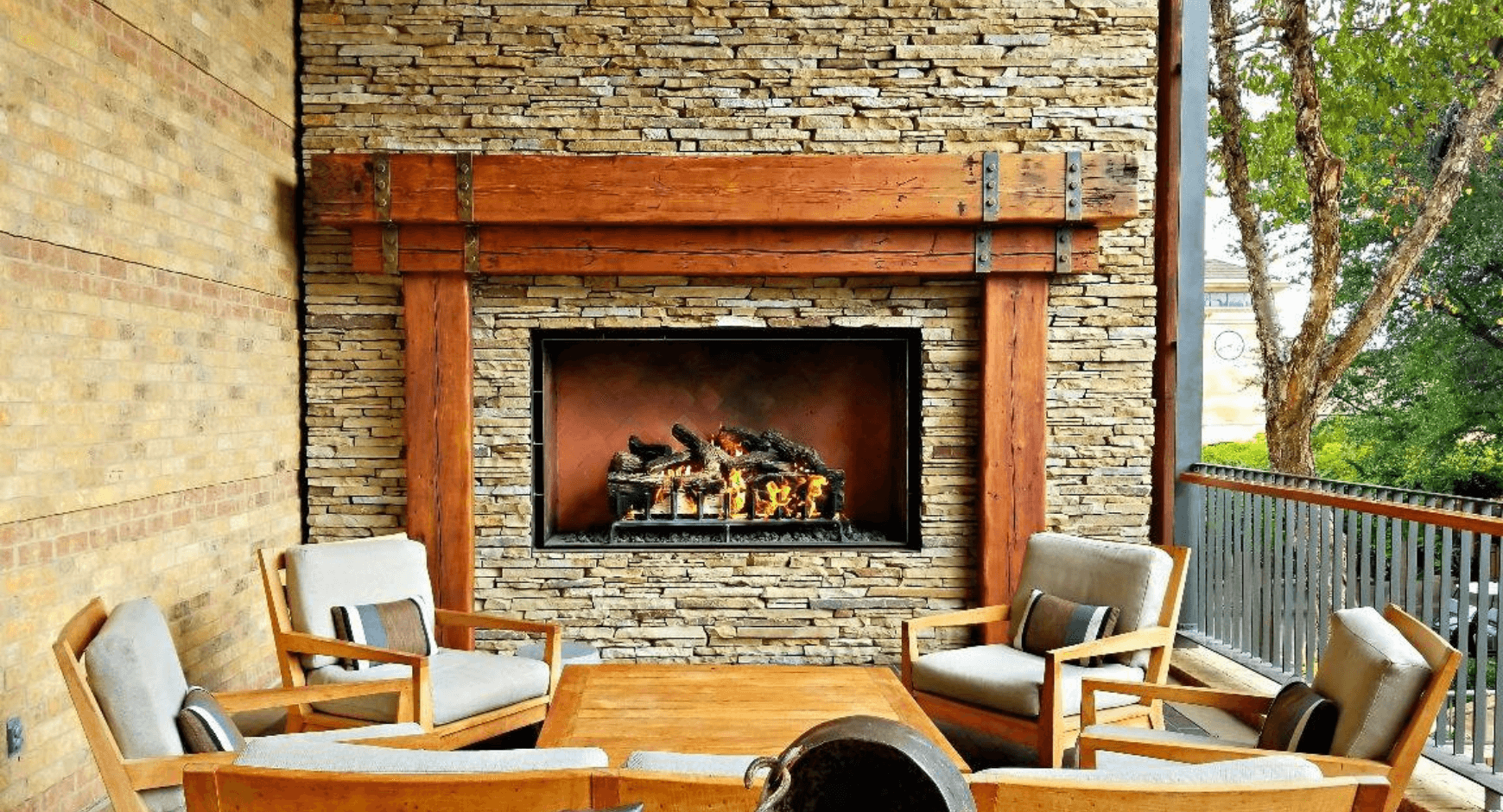
Cultured Stone Fireplaces – The Cultured Stoners
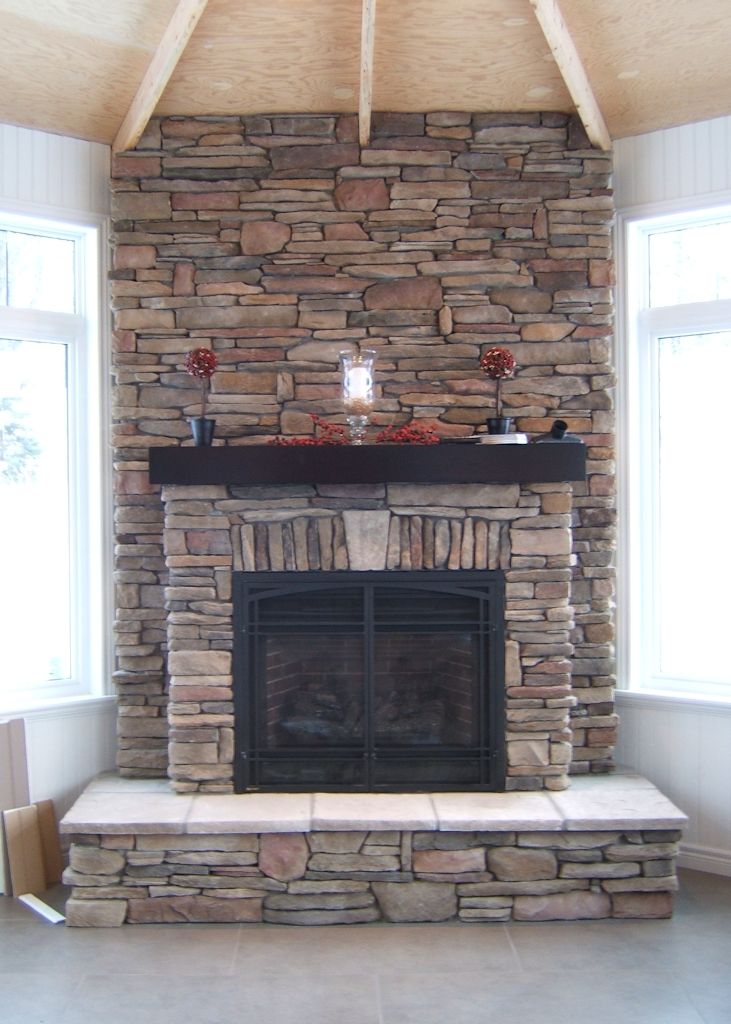
Brick vs Stone Fireplace – Pros, Cons, Comparisons and Costs
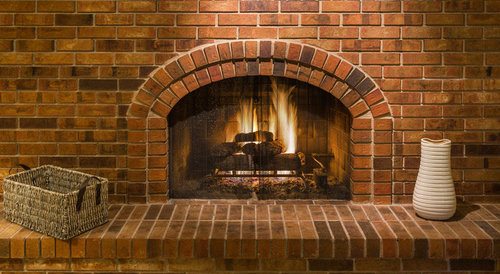
Cultured Stone Fireplaces – The Cultured Stoners
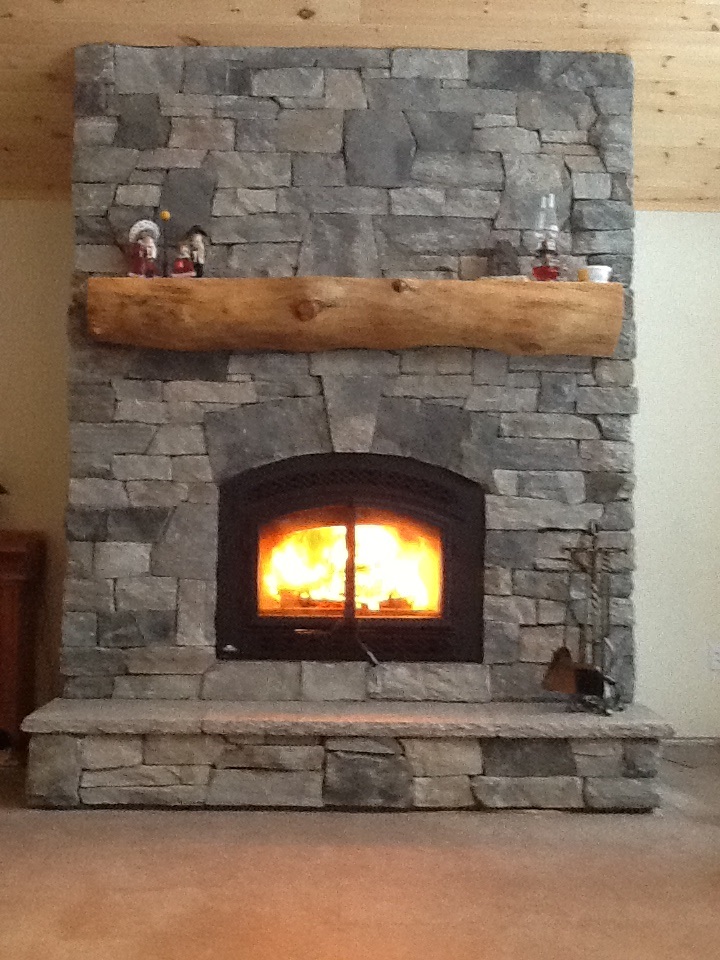
Cascade Stone Blog Brick Veneer Manufactured Stone
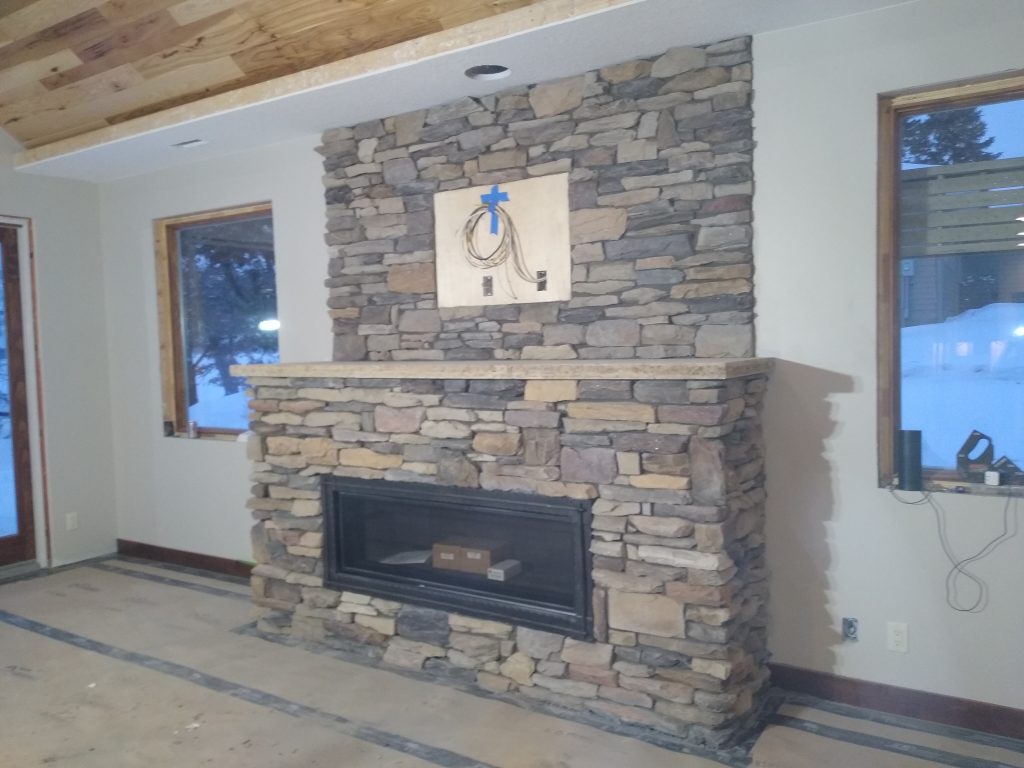
Buyers Guide to Finding the Best Stone Veneer for Your Fireplace
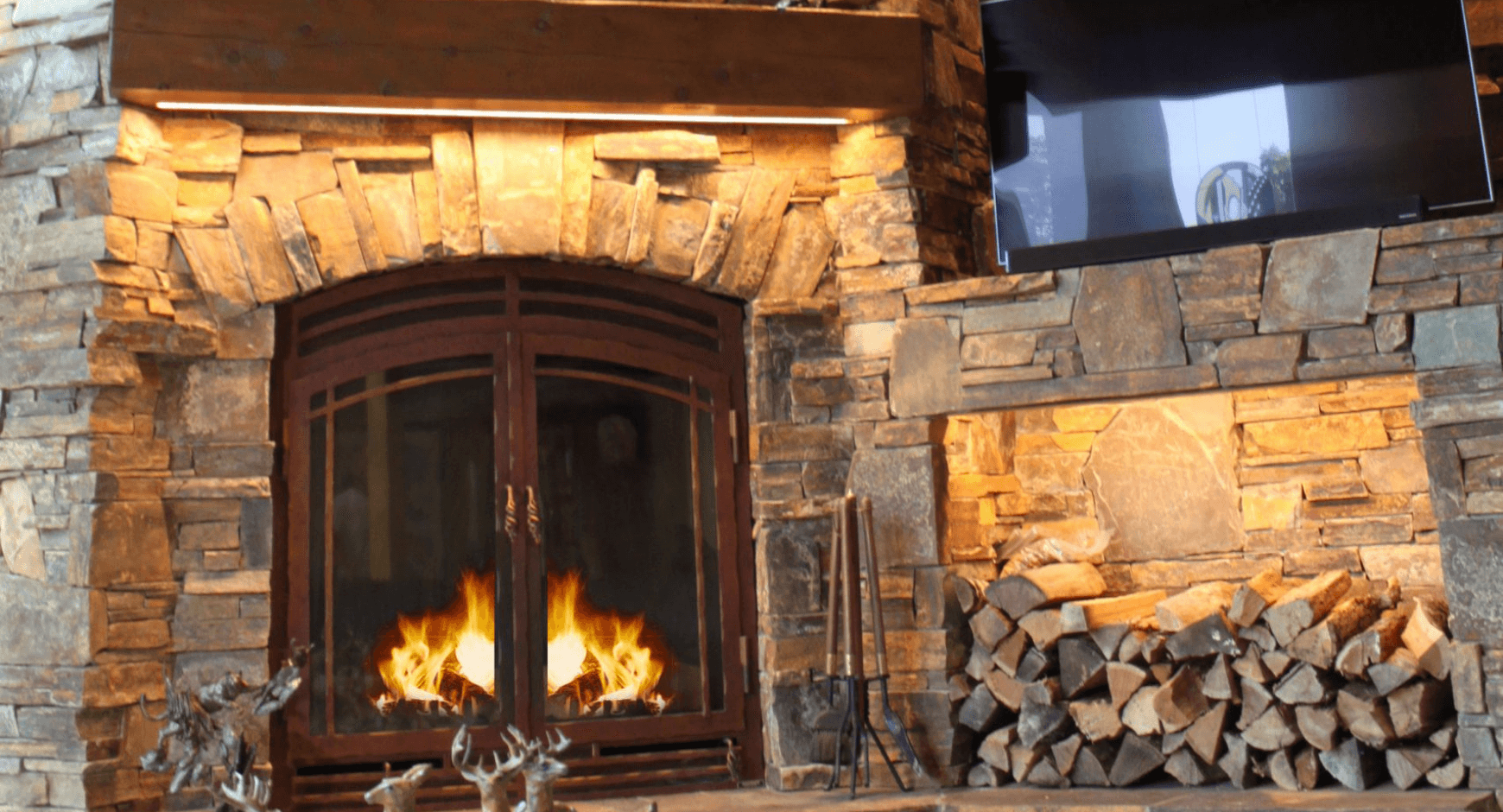 Related Posts:
Related Posts: